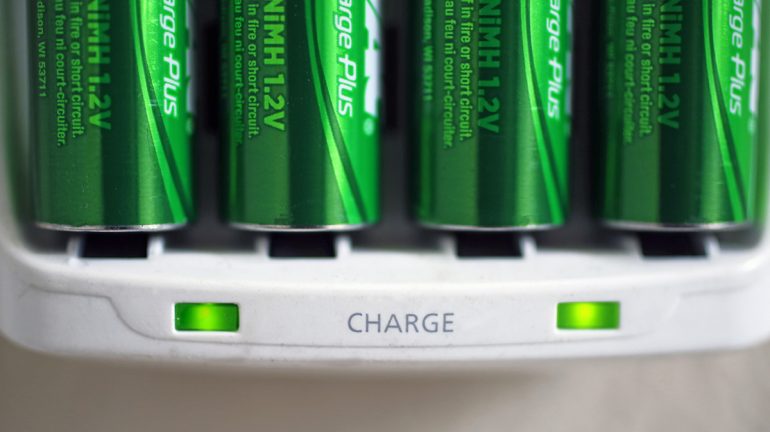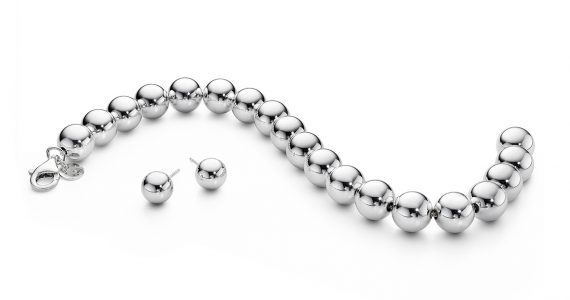What’s the first thing that would come to mind when you think of lithium? For most people it would either be the lithium-ion batteries that they often use, or the lithium medication used to pacify people in straitjackets. It wouldn’t be surprising either way since these are the two most common uses for lithium.
Origins of Lithium
On the island of Utö, the Brazilian statesman and chemist José Bonifácio de Andrada e Silva discovered a mineral called petalite. On 1817 which was seventeen years after the discovery of petalite, Johan August Arfwedson and Jöns Jakob Berzelius discovered a new element dwelling inside petalite ores.
This new element formed similar compounds to that of potassium and to that of sodium. Jöns Jakob Berzelius gave this alkaline like element the name “lithina”, lithina being the transliterated Greek word for stone.
What exactly is Lithium?
Lithium is an alkali metal with the chemical symbol of Li. Lithium has an atomic number of 3. The alkali metal is soft and it has a silvery white appearance. Lithium is the lightest metal as well as the lightest solid element known to man. Lithium metal can be isolated electrolytically by a mixture of potassium chloride and lithium chloride compounds.
Lithium does not occur naturally, instead lithium is found in compounds like petalite or pegmatitic minerals. Because of its solubility, lithium is often present in oceans and other bodies of water.
Just like all alkali metals, lithium displays a metallic luster when it is cut. Lithium quickly tarnishes and corrodes to dull grey color when it is exposed to moist air. If exposed for long enough, the silvery white color of lithium eventually tarnishes to a black color.
Lithium as a form of medication
In the 1800’s lithium was used to treat people who had epilepsy, gout, and even cancer. But it wasn’t until the 1900’s, that lithium was used as a treatment for various medical disorders. This is where people got the impression of lithium being used to treat medically insane patients in asylums.
Lithium is one of the most studied and most widely used metal to treat mental disorders, specifically bipolar disorders. This is so, because lithium helps reduce anxiety and it helps minimize the frequency of mania and panic attacks.
Lithium directly affects a person’s central nervous system which explains why it can help stabilize ones mood and help calm one’s mental state. Recent studies have shown that lithium can help strengthen nerve cell connections and because of this, some modern day nootropics often contain lithium in them.
There are studies that state that lithium can significantly reduce the risk of suicide in mentally depressed patients. Because of this most treatment wards often prescribe lithium to its patients for long periods of time.
Lithium Side Effects
However there are consequences for taking lithium, and some have serious consequences. Lithium has been proven to cause certain birth defects in pregnant women. Lithium can significantly hinder a child’s growth, which is why pregnant women aren’t advised to take any form of lithium medications.
People who undergo long term lithium treatment often have damaged kidneys or have their kidney functions interrupted.
Minor side effects of lithium include hand tremors, increased thirst, vomiting, weight gain, impaired memory retention, muscle weakness, increased rate of urination, poor concentration, inability to focus, drowsiness, acne, decreased thyroid function, diarrhea, and hair loss.
Lithium Batteries
It wasn’t until in the late 20th century that lithium became an important components in making batteries. Lithium is used as components in batteries thanks to its low atomic mass and its high charge.
Generally a standard lithium-ion battery can generate about 3 volts per lithium-ion cell. This is a little bit higher than your standard lead-acid batteries which produce about 2.1 volts. This makes lithium-ion batteries better battery components than zinc-carbon cells and lead acid batteries in general. Another thing that makes lithium-ion batteries so desirable is because they are rechargeable.
Should I invest?
Lithium-ion batteries are rechargeable batteries that are very sought after in today’s market. It is a very popular choice by electrical car manufacturers as it is used as the power source for electric cars such as the highly-performing ones made by Tesla.
Lithium-ion batteries are used in laptops, cellphones, and other rechargeable electronic devices as well. Which makes them a very crucial components sought after by companies like Samsung, LG, Apple, and other smartphone companies.
The lithium industry has been booming for the past decade. It has a large demand in the automobile sector, and it is highly sought after by companies that make laptops, smartphones, and tablets as well.
With the increasing trend in environmentally friendly cars, and as governments are making policies to stop pollution, you can expect a great demand for environmentally friendly electric cars in the near future. This also means that the demand for lithium-ion batteries will rise as well.
No one can truly say if lithium will be very valuable in the future. But what we can tell from the current trends is that its demand will rise in the near future. It is completely up to you on whether you invest and follow this trend or choose to go for a different investment.








